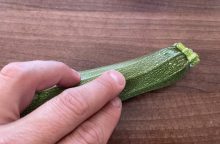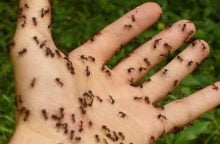Calathea and most common diseases

Calathea can be unpredictable, and if you do not provide proper conditions, you may encounter problems. Before you buy calathea you need to check the plant properly. Make sure the leaves are healthy, shiny and not dry at the ends. If you cannot provide suitable environment the plan will become weak and susceptible to diseases. Pests can attack it quite quickly.
Most common diseases
When properly cared for, calathea is pretty resistant to diseases, but under poor conditions it can quickly become sick and lose its beauty. Once its leaves start to curl and wilt you know that something is not right. Usually, the temperature is too cold or the environment is too dry, or it may suffer due to drafts, for example. Leaves usually fade due to insufficient sunlight or a lack of nutrients but on the other hand too much light can create burnt spots on leaves. Lack of moisture usually causes drying and browning of leaf edges.
Photo: Pixabay
Gray mould
The most common diseases include gray mould (Botryotinia fuckeliana). First, you will notice the disease on the edges of the youngest leaves. Edges become wavy and brownish spots appear on them. This fungal disease is usually caused by excessive watering and due to residual water that remains in soil. Roots also get attacked and they start to rot.To prevent this disease maintain moderate watering. Make sure the plant does not stand in water and that soil is not soggy. Another way to fight this disease is to apply suitable chemicals.
Leaf spotting
Rusty and yellow watery spots on leaves are caused by water. They occur when you pour water directly on leaves or if direct sunshine is hitting leaves too much . If that is the case, pour water onto the soil only and move the plant to a less sunny place.
Most common pests
Calathea is frequently attacked by mites, which usually appear when the air humidity is too low. If your calathea is attacked by mites you will notice dull leaves and fine webs underneath. If you catch the attack in time, you may save your plant by simply washing leaves with lukewarm water with few drops of detergent, or to spray them with garlic and onion extracts.The last resort is a chemical spray that belongs to the acaricide group, such as Floramite. Mites occur most often during the heating season, when air humidity decreases. This tells you that you should increase humidity – by sprinkling your plants or by installing suitable humidifiers or by arranging plants in a group where they create more humid microclimate for themselves.
Preview photo: Pixabay

Gardening is my hobby, I have a lot of experience and I am happy to share it.









0 comments